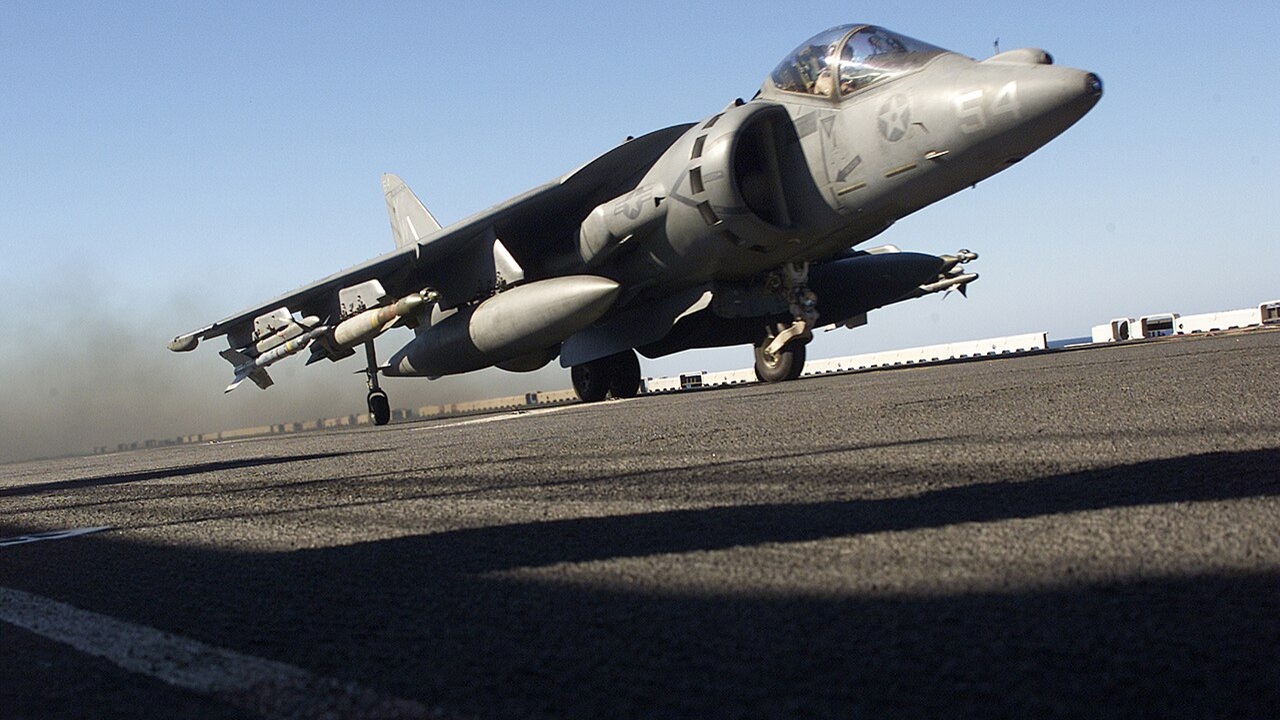The Legacy of the Harrier Jump Jet in Marine Corps Operations
The Harrier jump jet has played a pivotal role in enabling the United States Marine Corps to project air power in ways that were previously unattainable with conventional aircraft. This unique capability has made the AV-8B Harrier II an essential asset for a wide range of missions, including close air support (CAS), interdiction, and armed reconnaissance.
The AV-8B Harrier II was introduced in 1985 and served the Marine Corps for nearly four decades. Over the years, it became known for its versatility and adaptability, allowing it to operate in a variety of environments and mission scenarios. With its retirement on the horizon, the Harrier is being replaced by more advanced platforms, but its legacy remains significant.
Key Features of the AV-8B Harrier II
One of the most remarkable aspects of the Harrier is its ability to perform vertical or short takeoff and landing (V/STOL). This feature allows the aircraft to operate from short, unimproved airstrips, forward operating bases, and even small naval vessels. Unlike traditional aircraft that require long runways, the Harrier can launch and land from almost any location, providing operational flexibility that is critical in austere environments.
The specifications of the AV-8B Harrier II highlight its capabilities:
- Year Introduced:1985
- Number Built:Approximately 340 (including all variants)
- Length:46 ft 4.5 in (14.13 m)
- Height:11 ft 8 in (3.55 m)
- Wingspan:30 ft 4 in (9.25 m)
- Weight:~22,000 lb (10,000 kg) standard loadout
- Engine:1 × Rolls-Royce Pegasus 11-61 vectored-thrust turbofan (23,500 lbf / 105 kN thrust)
- Top Speed:~Mach 0.9 (approx. 673 mph or 1,083 km/h) at sea level
- Combat Radius:~300–400 mi (480–640 km), mission-dependent
- Service Ceiling:~43,000 ft (13,100 m)
- Loadout:Up to 9,200 lb (4,200 kg) of ordnance on six wing and one centerline hardpoints (total 7)
- Aircrew:1
Operational Role of the Harrier
The Marine Corps utilizes the Harrier in a variety of mission profiles. Typically, these involve launching from forward positions, quickly reaching combat zones, delivering precision ordnance, and returning to re-arm and re-fuel before repeating the cycle. This operational model allows the Harrier to provide timely and effective support to ground forces.
The aircraft’s design supports this mission profile through several key features. Most notably, the Rolls-Royce Pegasus engine enables the Harrier to transition between hover, short takeoff, and high-speed forward flight. This is achieved through four swiveling nozzles that direct thrust vertically or rearward as needed.
Additionally, the Harrier’s structure is built from lightweight composite materials and features an enlarged wing area, which enhances lift and payload capacity. This allows the aircraft to carry a wide array of ordnance, including precision-guided munitions, missiles, rockets, and a GAU-12/U cannon. These weapons increase the Harrier’s lethality during CAS and interdiction missions.
Advanced Avionics and Sensors
Avionics and sensor upgrades have further enhanced the Harrier’s combat effectiveness. The aircraft is equipped with a digital cockpit, night vision compatibility, and systems such as the LITENING targeting pod. These technologies provide advanced electro-optical and infrared targeting capabilities, enabling accurate target identification and engagement even in low-light conditions.
The cockpit layout is designed to allow the pilot to maintain situational awareness while managing weapons and navigation systems. Features like Hands-On Throttle and Stick (HOTAS) and Heads-Up Display help the pilot stay focused on the battlefield without being distracted by controls.
Conclusion
The design of the Harrier has allowed the Marine Corps to project air power in ways that would not have been possible with conventional aircraft. Its flexibility, quick response time, and integration with ground forces have made it a valuable asset over the years. While the Harrier is gradually being replaced by the Lockheed Martin F-35B Lightning II, it will always be remembered as America’s first jump jet, an icon of unconventional flight modes and rugged performance.



